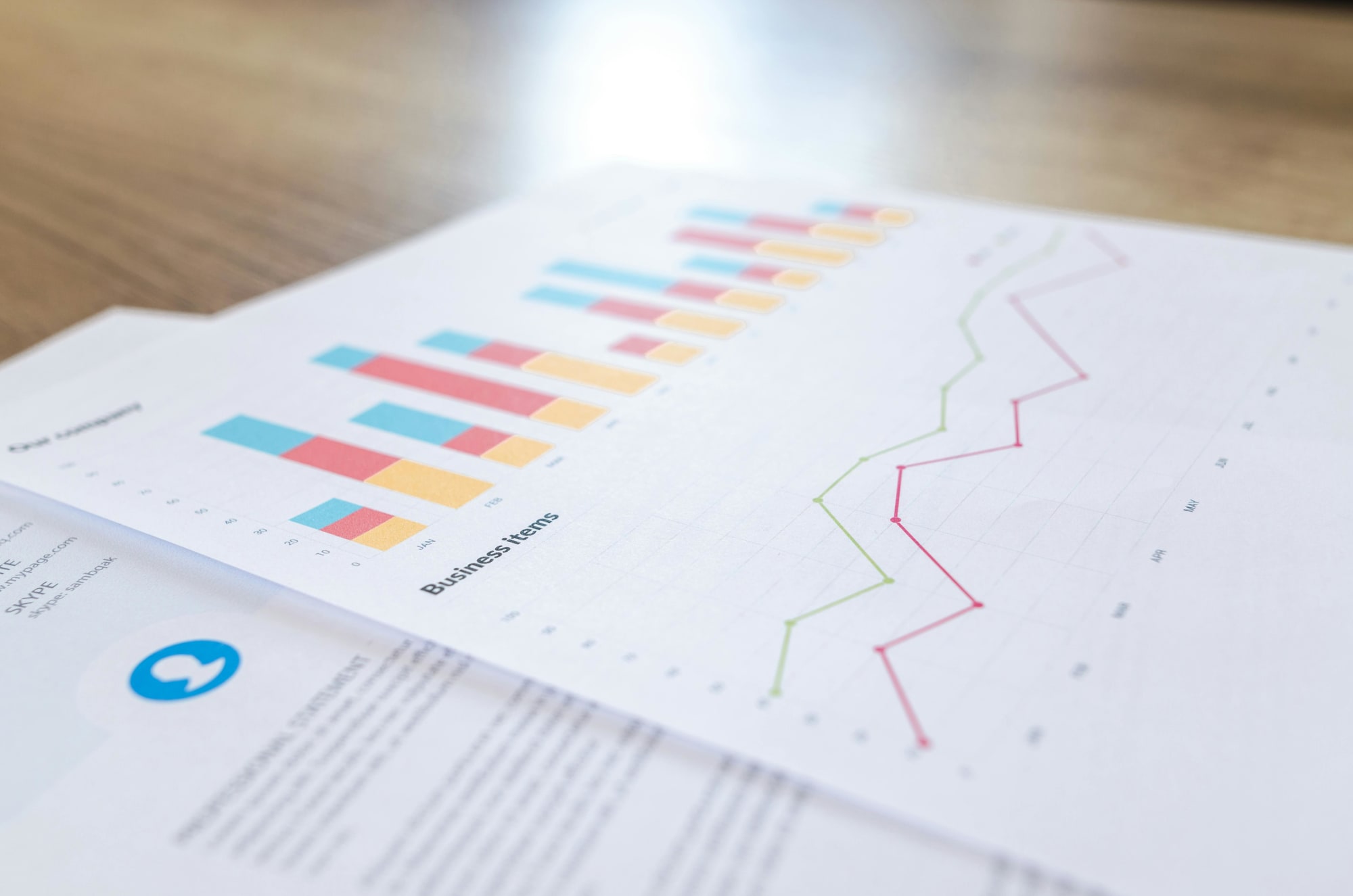Invest
JobKeeper and JobSeeker changes: How will they impact you?
The Morrison government has announced that it is extending the JobKeeper and JobSeeker policy until March 2021 on a reduced rate. Here’s what it means for you.
JobKeeper and JobSeeker changes: How will they impact you?
The Morrison government has announced that it is extending the JobKeeper and JobSeeker policy until March 2021 on a reduced rate. Here’s what it means for you.

Businesses who are currently on the JobKeeper payment will need to reapply for the program, with rates changing for staff members based on hours worked.
“The changes that we’re making, the first of those is to apply the JobKeeper test for the 30 per cent turnover reduction across the past two quarters and into the next quarter for the continuing eligibility out to the end of March of next year,” Mr Morrison said.
“There’ll be the next quarter after September, and then there’ll be the March quarter. In both cases, businesses will have the test re-applied in relation to their turnover and will be looking at their performance over the first six-month period of the program, and that will provide, where it’s needed, the gateway into the next phase of the program.”
The Treasury has confirmed that the Commissioner of Taxation will have discretion to set out alternative tests that would establish eligibility in specific circumstances where it is not appropriate to compare actual turnover in a quarter in 2020 with actual turnover in a quarter in 2019.

Business eligibility
To be eligible for JobKeeper payments under the extension, businesses with an aggregate turnover of $1 billion or less will need to demonstrate that they have experienced a drop in turnover of at least 30 per cent; for those with turnover above this limit, the drop is 50 per cent; and charities are expected to show a 15 per cent shortfall.
But from 28 September, businesses wanting to remain on JobKeeper will also need to prove they suffered an actual decline in turnover for the June and September quarters.
Subsequently, to keep receiving JobKeeper into 2021, on 4 January businesses will need to reconfirm their turnover shortfall for each of the June, September and December 2020 quarters.
Casual employees
The review of the JobKeeper payment found that millions of casuals and part-time employees were receiving an increased income due to the blanket $750 payment per employee.
To try and stop employees cashing in on government benefits, the Morrison government announced that it has created a two-tier system.
This means that if you are working less than 20 hours a week, you will receive the $750 per fortnight payment. For the March quarter next year, that will drop to $650 per week.
Part-time employees
Part-time workers will be subjected to the same rules as casual employees.
If you are working less than 20 hours a week, you will receive the $750 per fortnight payment. For the March quarter next year, that will drop to $650 per week.
Full-time employees
If you work full-time hours, you will be eligible for the highest rate of JobKeeper – $1,200 per fortnight.
JobSeeker payment
Those who have lost their job due to the COVID-19 pandemic will see a reduction in the JobSeeker payment in the coming months.
The elevated Newstart (now JobSeeker) payment will remain at $1,100 a fortnight until 27 September, until it is reduced by $300.
“As the economy is opening up, we made those changes to JobKeeper by reducing it by $300, and we are doing the same with JobSeeker by reducing that payment by $300,” Treasurer Josh Frydenberg told the media.
Australians will be able to earn up to $300 a week before their payments are reduced.
About the author

About the author


Economy
Australia’s growth beat is real — but it’s the wrong kind for capacity
Australia’s economy outpaced forecasts in the June quarter as households opened wallets and government spending did the heavy lifting, even as public investment sagged. The signal for boardrooms: ...Read more

Economy
Australia’s growth is back—but it’s the wrong kind of strong
GDP surprised on the upside in the June quarter, powered by households and government outlays even as public investment slumped. The Reserve Bank stayed hawkish, signalling that sticky services ...Read more

Economy
Australia's Economic Resilience: Strong GDP growth challenges RBA's policy stance
In a surprising turn of events, Australia's economy has shown greater resilience than anticipated, with the latest Q2 GDP report revealing a stronger performance largely driven by vigorous household ...Read more

Economy
Economist calls for July RBA rate cut following inflation data
An economist from State Street Global Advisors has called for the Reserve Bank of Australia to cut interest rates in July following today's Consumer Price Index data for June. Read more

Economy
GDP data prompts economist to predict faster RBA rate cuts
Australia's latest GDP growth data has come in significantly below expectations, prompting an economist to suggest the Reserve Bank may need to ease monetary policy more aggressively. Read more

Economy
Global markets face turbulent start amid tariff concerns, but outlook remains cautious
Global equity and bond markets have experienced a turbulent start to 2025, primarily due to concerns that a potential tariff-driven trade war could heighten inflation and recession risks. Read more

Economy
RBA may cut rates faster if GDP data disappoints, economists say
The Reserve Bank of Australia may cut interest rates more quickly if next week's GDP data disappoints, economists said following today's consumer price index data for May. Read more

Economy
RBA delivers widely expected rate cut as inflation optimism balances global uncertainty
The Reserve Bank of Australia has cut the cash rate by 25 basis points, delivering on widespread market expectations while signalling a clearer directional shift towards less restrictive monetary ...Read more

Economy
Australia’s growth beat is real — but it’s the wrong kind for capacity
Australia’s economy outpaced forecasts in the June quarter as households opened wallets and government spending did the heavy lifting, even as public investment sagged. The signal for boardrooms: ...Read more

Economy
Australia’s growth is back—but it’s the wrong kind of strong
GDP surprised on the upside in the June quarter, powered by households and government outlays even as public investment slumped. The Reserve Bank stayed hawkish, signalling that sticky services ...Read more

Economy
Australia's Economic Resilience: Strong GDP growth challenges RBA's policy stance
In a surprising turn of events, Australia's economy has shown greater resilience than anticipated, with the latest Q2 GDP report revealing a stronger performance largely driven by vigorous household ...Read more

Economy
Economist calls for July RBA rate cut following inflation data
An economist from State Street Global Advisors has called for the Reserve Bank of Australia to cut interest rates in July following today's Consumer Price Index data for June. Read more

Economy
GDP data prompts economist to predict faster RBA rate cuts
Australia's latest GDP growth data has come in significantly below expectations, prompting an economist to suggest the Reserve Bank may need to ease monetary policy more aggressively. Read more

Economy
Global markets face turbulent start amid tariff concerns, but outlook remains cautious
Global equity and bond markets have experienced a turbulent start to 2025, primarily due to concerns that a potential tariff-driven trade war could heighten inflation and recession risks. Read more

Economy
RBA may cut rates faster if GDP data disappoints, economists say
The Reserve Bank of Australia may cut interest rates more quickly if next week's GDP data disappoints, economists said following today's consumer price index data for May. Read more

Economy
RBA delivers widely expected rate cut as inflation optimism balances global uncertainty
The Reserve Bank of Australia has cut the cash rate by 25 basis points, delivering on widespread market expectations while signalling a clearer directional shift towards less restrictive monetary ...Read more








